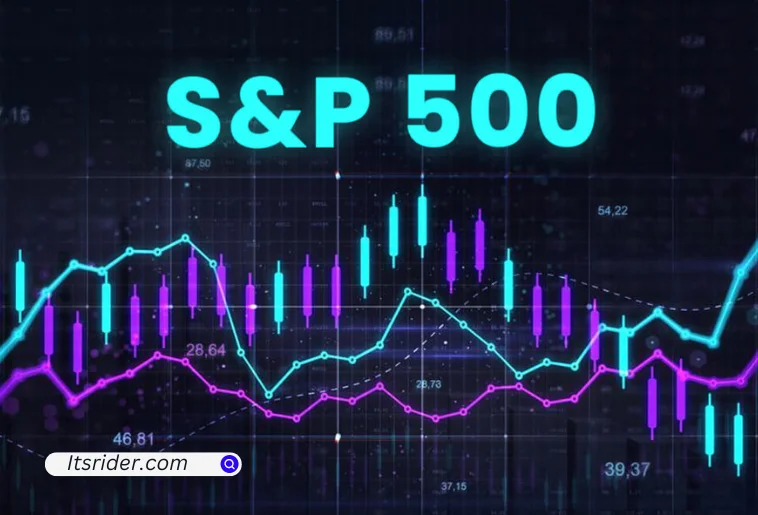The S&P 500 recently experienced its worst week since April, a significant downturn driven by various economic concerns and a cautious outlook from Goldman Sachs. The investment bank has issued warnings of a subdued summer for stocks, projecting modest returns for the remainder of the year. This article delves into the details of the market’s performance, the factors influencing it, and Goldman Sachs’ projections.
Market Performance Overview
The S&P 500 declined by over 2% for the week, marking its most significant drop in months. This fall is part of a broader trend affecting major indices, with the Dow Jones Industrial Average and the Nasdaq Composite also experiencing notable declines.. Key factors contributing to this downturn include investor concerns about inflation, potential interest rate hikes, and mixed economic data.
Economic Indicators
Recent economic data has painted a mixed picture of the U.S. economy. While there are signs of resilience, such as steady GDP growth and strong labor markets, inflation remains a persistent concern. The Federal Reserve’s monetary policy has been a focal point, with debates about the timing and extent of future interest rate hikes.
Also Read: Microsoft Global Outage Hits Banks, Airlines, and More
Goldman Sachs’ Outlook
Goldman Sachs has issued a cautious outlook for the S&P 500, projecting that the index will rise to 4700 by the end of 2024, representing a modest 5% price gain and a total return of around 6% when dividends are included. This forecast is tempered by high equity valuations and economic uncertainties.
Factors Influencing the Market
Several factors are influencing the current market conditions:
- Interest Rates: The Federal Reserve’s stance on interest rates is a significant concern. While the central bank has paused rate hikes, any indications of future increases could negatively impact stock valuations..
- Inflation: Persistent inflation is another critical factor. Rising prices can erode consumer purchasing power and corporate profit margins, leading to lower stock prices.
- Corporate Earnings: Corporate earnings have been mixed, with some sectors performing better than others. Tech giants have shown resilience, but other industries face challenges.
Market Sentiment
Investor sentiment has been cautious, with many adopting a wait-and-see approach. The uncertainty surrounding the Federal Reserve’s policies, inflation, and geopolitical tensions has contributed to this cautious stance.
Sector Performance
Different sectors have responded differently to the current economic conditions:
- Technology: The tech sector, which had been a significant driver of market gains earlier in the year, has faced a pullback. High valuations and concerns about future growth prospects have weighed on tech stocks..
- Energy: The energy sector has been volatile, influenced by fluctuating oil prices and geopolitical events. However, some energy stocks have benefited from higher commodity prices.
- Financials: Financial stocks have been impacted by interest rate concerns. Banks and other financial institutions face pressure as higher rates could dampen loan demand.
Investment Strategies
Goldman Sachs suggests that investors might consider focusing on “quality” stocks, characterized by higher profitability, strong balance sheets, and stable growth. These stocks may offer better returns in an uncertain economic environment.
Global Economic Impact
The global economic landscape also plays a role in shaping U.S. market performance. Factors such as international trade tensions, foreign policy decisions, and global supply chain disruptions can significantly impact investor sentiment and market dynamics.
Predictions for the Rest of the Year
Looking ahead, Goldman Sachs expects market gains to be concentrated in the latter half of 2024. The resolution of election uncertainties and potential Federal Reserve actions, such as interest rate cuts, could lift stock prices. However, the overall return is expected to be below average compared to previous years.
Conclusion
The recent downturn in the S&P 500 highlights the market’s vulnerability to economic uncertainties and investor sentiment. While Goldman Sachs projects a modest recovery by the end of the year, several factors could influence the actual outcomes. Investors are advised to remain cautious and consider diversified strategies to navigate the current market environment.
Read More: Who Qualifies for Biden’s $1.2 Billion Student Loan Debt Cancellation?
